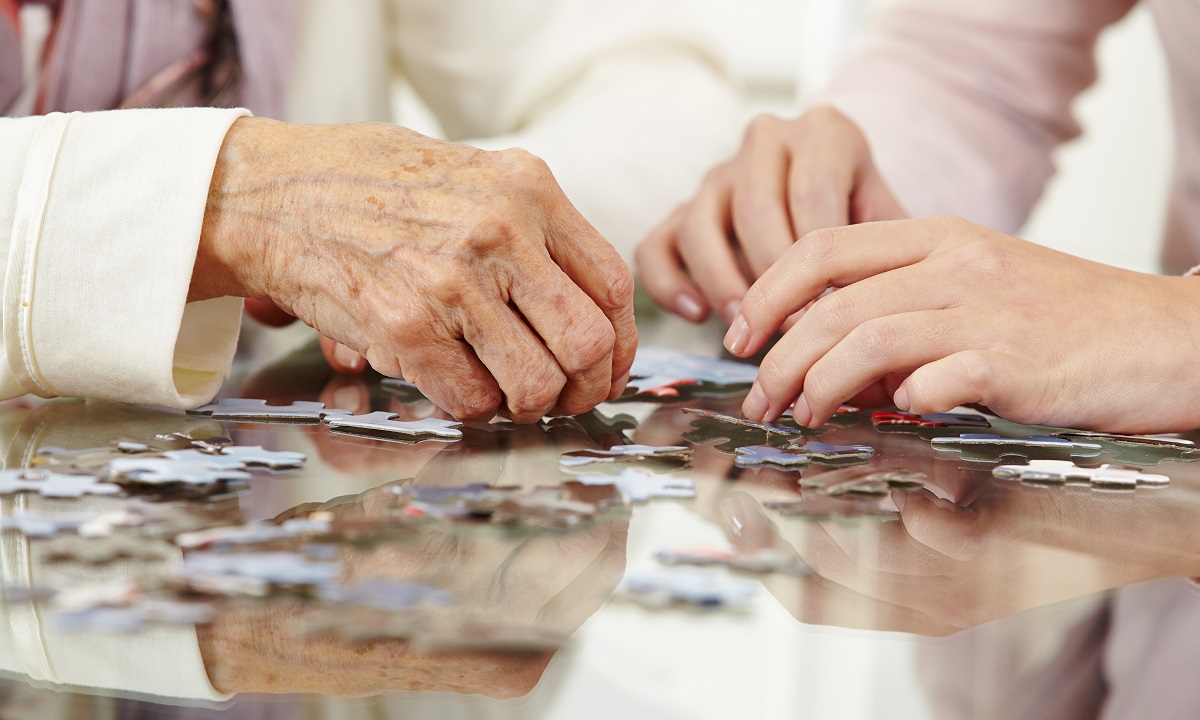How do I make an advanced decision?
You can plan for your future by setting up a living will, which is also sometimes known as an advanced decision, or an advanced directive. Here are some of the key facts you need to consider
What is a living will?
Being diagnosed with dementia doesn’t mean losing control of your own life and decisions. A living will is a way to express your own thoughts, feelings and decisions about any care or treatment you might need in the future.
There are two types of living wills:
1. An advanced statement
If you want your general wishes and views about the way you are cared for to be known in advance you can write a document called an advanced statement. You might discuss for example you desire to stay at home as long as possible, and you can include nonmedical issues too, such as whether you prefer a bath or shower. It’s important to remember that this isn’t legally binding but should always be taken into account by the people involved in your care.
2. An advanced decision (sometimes called an advanced directive)
If you are sure that, further down the line, you will want to refuse specific medical treatment (even treatment which might prolong your life) you can make this clear in a document called an advanced decision. This is a legally binding document and it will take precedent over any decision made by a medical professional, carer or relative.
Why set up an advanced decision?
An advanced decision isn’t only used by people living with dementia, it’s for anyone who might, during the course of their illness, find it difficult or impossible to communicate their wishes. (In legal terms this is known as lacking ‘mental capacity’. An advanced decision gives you a legal right to decide now, while you still can, to refuse certain treatments in the future. For example, cardiopulmonary resuscitation (CPR), intensive care treatment, blood transfusions (this may be the case if your religion doesn’t permit them) or antibiotics and intravenous fluids.
An advanced decision differs from the health and welfare lasting power of attorney because it is you who is making the decision about your health rather than your appointed attorney. You also do not need a solicitor to draw up or sign the document, although if you wish him or her to look over it, then it’s fine to do so.
How do you get hold of the paperwork for an advanced decision?
It is possible to download ready-printed advanced decision documents from websites such as the Alzheimer’s Society, but you can also prepare one yourself so long as you include the following details:
1. Name, date of birth and address
2. Name, address and phone number of your GP, stating whether he has a copy of your advanced decision statement.
3. A statement to the effect that this document should be used in the event that you ever lack capacity to make decisions to yourself.
4. Clear instructions on which treatments you wish to refuse and in what circumstances they might happen. (Give as much detail as possible).
5. The date you created the advanced decision.
6. Your signature.
7. A signature of at least one witness that has been dated.
Once you’ve drawn up the paperwork, ensure that all the relevant people in your life have a copy, including your next of kin, doctor, nurse, carer or social worker.
TIP: As this is a legally binding document concerning your health, it’s a good idea to involve your doctor when drawing it up, as he or she can advise on potential scenarios where it might come into play and what would happen.
Changed you mind? That’s fine, don’t be afraid to review your advanced decision at regular intervals and amend the document if you wish.
SHARE
Explore more




